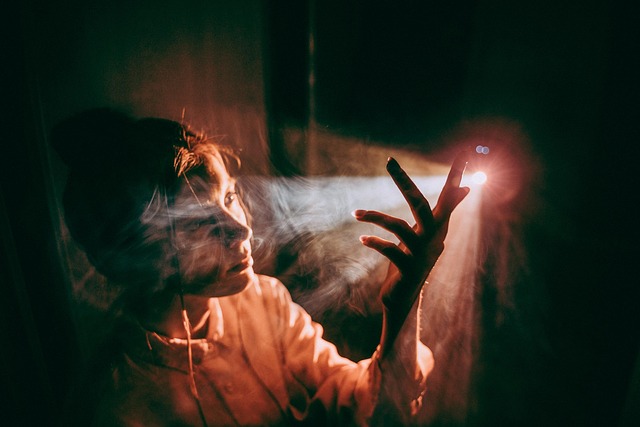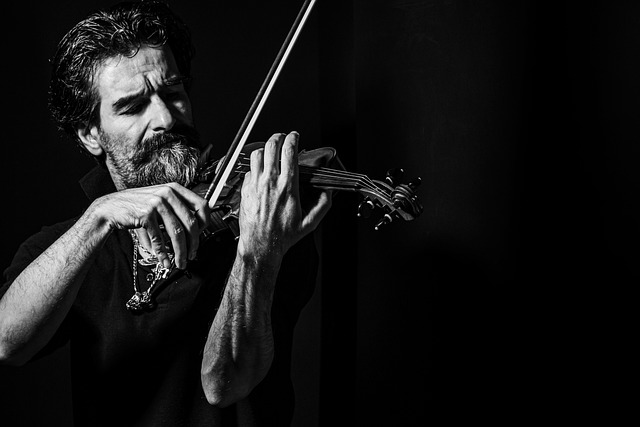Light and shadow are two sides of the same artistic coin, intricately intertwined in the realm of photography. The relationship between the illuminated and the obscured not only defines shapes but evokes emotions, creating a canvas rich with depth and nuance. For many photographers, embracing shadows is akin to embracing the unknown; it holds a transformative power that can elevate a simple image into a profound experience.
In the world of fine arts, shadows have long been a subject of exploration. The great masters of painting, such as Rembrandt and Caravaggio, manipulated light and shadow to create dramatic contrasts and emphasize the raw emotion of their subjects. Similarly, contemporary photographers draw from this legacy, using shadows to invoke a sense of mystery and allure in their compositions. The way light dances across a surface can reveal textures, stories, and layers of meaning that might otherwise remain hidden.
The cultural impact of shadow in photography can be seen across various traditions, each lending its own narrative and aesthetic approach to this interplay. For example, in Asian art, the soft interplay of shadow often reflects themes of tranquility and contemplation, while in Western art movements, shadows can suggest conflict and turmoil. This diversity in expression highlights how fundamental the play of light and shadow is in conveying the human experience—different cultures, yet a shared exploration of the visual language that shapes our understanding of the world.
As photographers delve into the art of shadow, they find themselves in a dialogue with their surroundings. Shadows can create dramatic silhouettes, framing subjects in a way that evokes emotion or makes them appear larger than life. Whether it’s the shadow of a solitary figure cast against a sunlit wall or the intricate patterns formed by the interplay of branches and light, each photograph tells a story infused with its own essence.
Moreover, shadows can evoke memories, stirring emotions that resonate deep within us. They remind us of fleeting moments—an afternoon spent with friends, the warmth of sunlight filtering through leaves, or the quiet solitude of dusk settling in. In capturing these moments, photographers act as cultural narrators, immortalizing feelings that transcend time. This not only highlights the aesthetic quality of the imagery but also captures the essence of shared human experiences.
In essence, the exploration of light and shadow in photography is a reflection of the complex layers that make up our lives. It invites both the artist and the viewer to engage in a deeper conversation, unveiling the unseen aspects of a scene—those hidden realms of emotion and cultural significance often masked by the glare of direct light. As we continue to navigate the world through our lenses, let us remain ever-curious about the stories that shadows have to tell.




